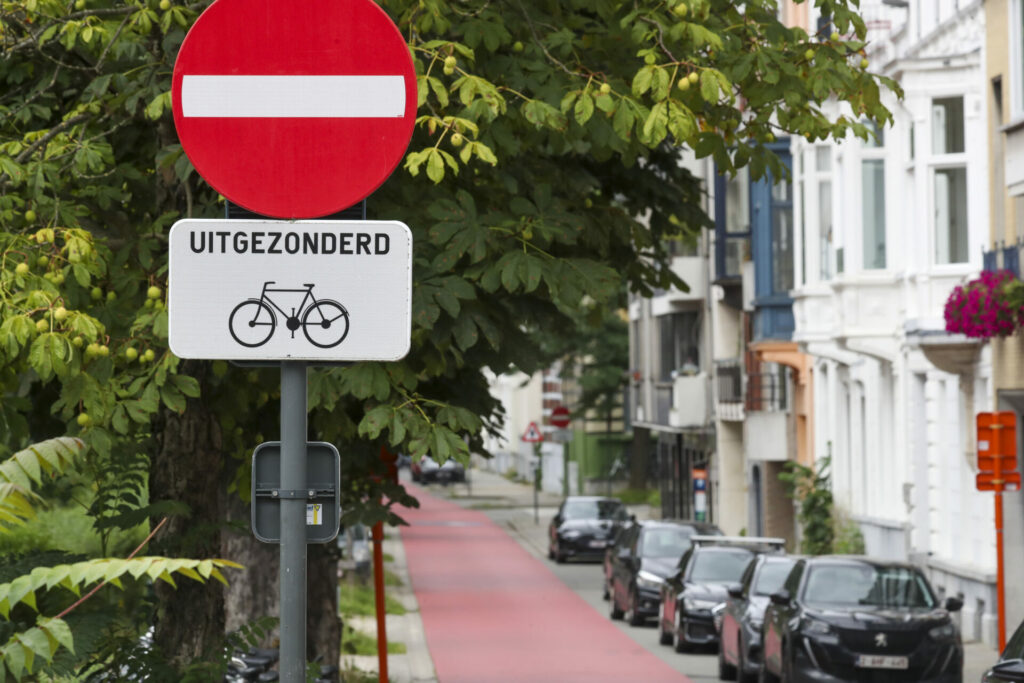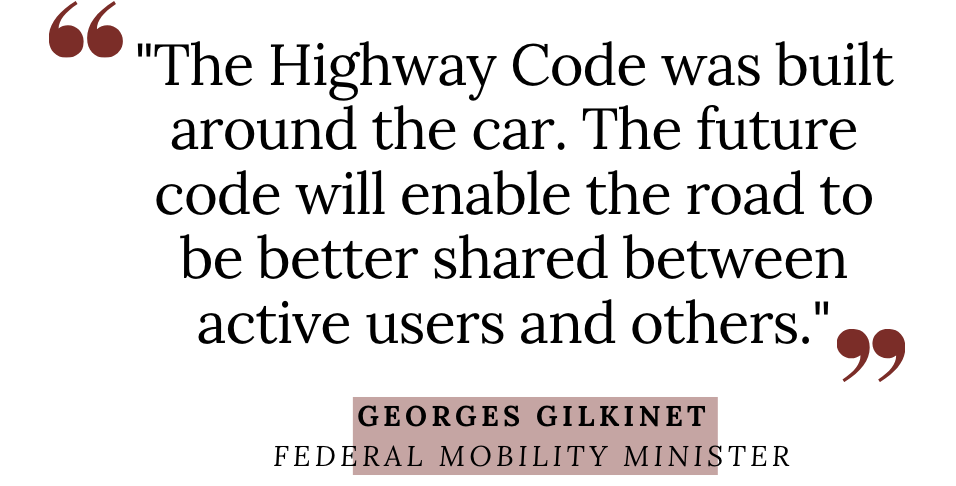Driving schools and motor lobbyists have expressed concern about Belgium’s new Road Code, warning that it will cause further fragmentation between regions.
The new 'Code de la Voie Publique' (CVP), approved at the federal level in December, will replace the current motorway code in autumn 2025. The revamped rulebook aims to take a more modern and inclusive approach to road safety, but stakeholders are critical of the powers it grants to different regions and the potential impact on public comprehension of what is legal and what is not.
Differences between Flanders, Wallonia and Brussels-Capital Region and their respective Road Codes are subtle but significant. The speed limit in Wallonia is 90 kilometres per hour while it is 70 kilometres per hour in Flanders. In Brussels, driving in urban areas is capped at 30 kilometres per hour compared to 50 kilometres per hour in both Flanders and Wallonia. Brussels and Flanders both enjoy low-emission zones (LEZs), each with specific rules for drivers: something that doesn't currently exist in Wallonia.
"We recognise the importance and the need to develop the Code to reflect current changes in mobility and traffic," Lorenzo Stefani, spokesperson for motoring organisation Touring, told La Dernière Heure. "Nevertheless, it is regrettable that instead of unifying the code, we find ourselves with four different versions. This could lead to confusion at a time when we were calling for simplification."
The four different versions, referring to one common federal Code and three regional iterations, are cause for concern among driving teachers too, who believe better standardisation would benefit the learning process as well as more general road safety. As it stands, Brussels and Wallonia require 30 hours of classes before a student sits a driving test, whereas Flanders requires 20 hours of teaching, nine months of solo driving, and an additional four-hour course which young drivers must take within six months of sitting the initial test.
Rethinking the roads
Federal Mobility Minister Georges Gilkinet celebrates the CVP as a modern alternative to the current Code, which was created 50 years ago, has been amended over 100 times, and is widely perceived as outdated. "The Highway Code was built around the car," Gilkinet said. "The future CVP will enable the road to be better shared between active users and others."
The change in name symbolises a move away from a car-centric approach, emphasising instead the road as a public place which should be "shared equitably by all."
In practice, this means signposting that caters to different types of transport, clearer rules on interactions between different vehicles, and increased priority granted to pedestrians on pavements (including parking restrictions in certain zones and guidelines on when a cyclist should and shouldn't use the pavement). A double fine for both driver and passenger will be introduced, whereby both individuals will be sanctioned separately if the passenger isn't wearing a seatbelt.
In response to accusations of regional fragmentation, Gilkinet stresses that regional versions of the Road Code have existed since reforms in 2013. "The existence of a federal code and three regional codes is not new," he said. "It is the result of the last State reform, which gave the regions powers in terms of speed limits.
"But it's true that there are four different codes, the new versions of which were sent to the Conseil d'État at the same time. In this way, the highest court will also be able to guarantee the logic of the exercise. We've done the best we could given the existing situation."


